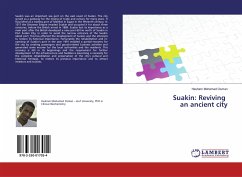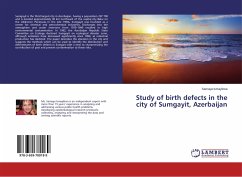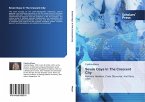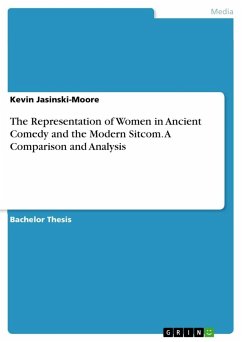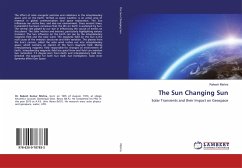Suakin was an important sea port on the east coast of Sudan. The city served as a gateway for the mixing of trade and culture for many years. It flourished as a trading port of Mamluk in Egypt in the fifteenth century. In 1517 the Ottoman Empire invaded Suakin and occupied it for about three centuries, before the British arrival in 1889. Suakin lost its importance as a main port after the British developed a new port 60 km north of Suakin in Port Sudan City, in order to avoid the narrow entrance of the Suakin island port; this has affected the development of Suakin and the attempts to restore its historical importance. Fortunately the rehabilitation and re-opening of Suakin's port in the year 1991 enabled a partial recovery for the city by creating passengers and goods-related business activities and generated some income for the local authorities and the residents. This recovery is still in its beginnings and the requirement for further development of the infrastructure and facilities is becoming a necessity for the complete rehabilitation and preservation of the city's cultural and historical heritage, to restore its previous importance and to attract investors and tourists.
Bitte wählen Sie Ihr Anliegen aus.
Rechnungen
Retourenschein anfordern
Bestellstatus
Storno

